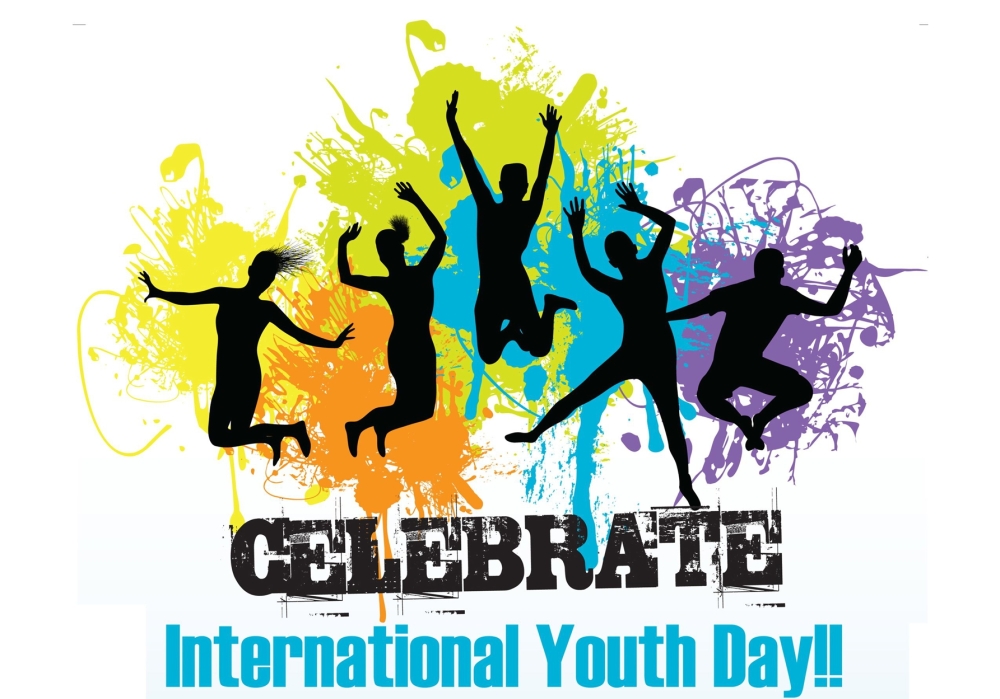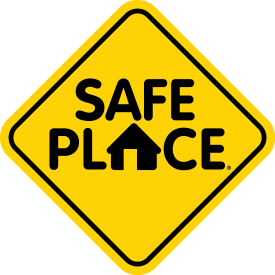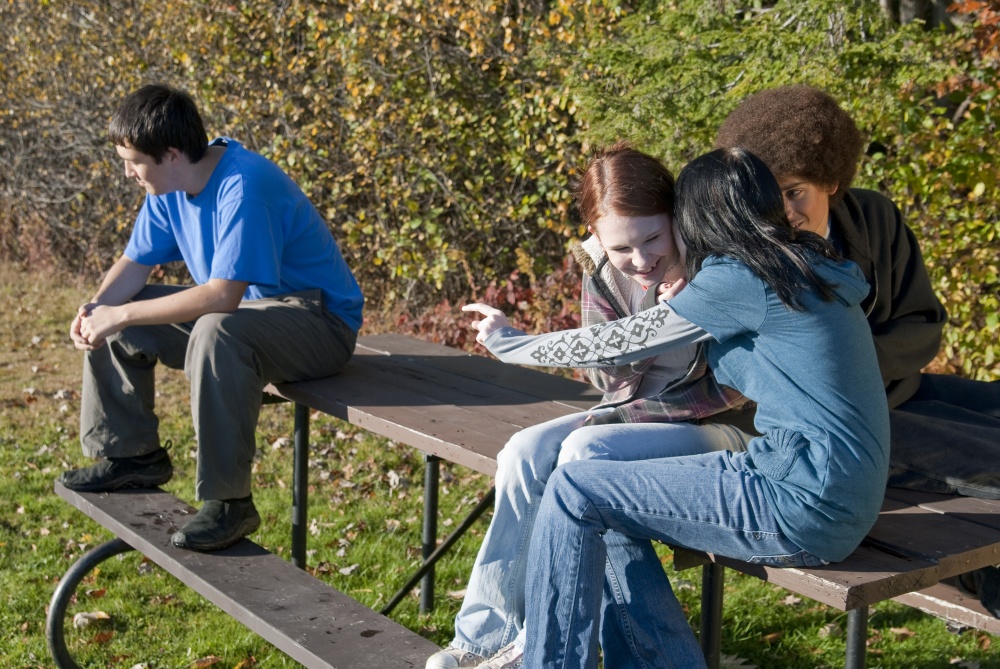Written by: Tammy Hopper, Chief Strategic Initiatives Officer, National Safe Place Network & RHYTTAC
Although I had learned about suicide and had even been a peer educator in high school, I had not personally been impacted by a completed act until my freshman year in college. I was serving as a resident advisor and was called into the head resident counselor’s office to hear the news. The boyfriend of a friend of mine had shot himself in the woods on campus. I was sad for my friend, angry at the young man and confused about what had happened. I had been trained to look for signs. Everyone had seen this young man many times and although we knew he had a temper, it always seemed to be directed at others. Like the other individuals involved, we waded through the rivers of grief and found that the depth of the waters differed from person to person. Feelings of guilt, anxiety, depression and anger were common and yet, like most moving waters – the rivers flowed and we found renewed energy to continue our life journeys – even though his was complete.
In later years I was impacted by the suicide of a young transitional living program participant. As a supervisor, I would sometimes be called into action when a staff person was sick. One Sunday I was covering the program and this young man indicated he was hungry. He was the only one in the building so I decided to make pancakes. I can still see his face and remember how moved I was when he gave me a hug and expressed sincere gratitude that I had made this small gesture for no other reason than to be kind to him. He talked about his life and how he always felt like a burden to others and how he wanted things to be different. He was able to verbalize his desire for close relationships while confirming his doubt that these same relationships could last. Six months later, he completed suicide on a different Sunday morning. He asked that there be no service as no one would mourn him “for real.” He was wrong – I cried. The staff cried. Volunteers cried. Like the other individuals involved, our tears joined in the rivers of grief and we found that the depth of the waters differed from person to person. Feelings of guilt, anxiety, depression and anger were common and yet, like most moving waters – the rivers flowed and we found renewed energy to continue our life journeys – even though his was complete.
Most recently, my nephew called to say that my sister attempted to take her own life. She was in the hospital and although she indicated that her overdose on pain medication was an accident – no one in the family overlooked the obvious. She was still with us and we could share our love, appreciation and support. Relief was one side of our family coin and sadness the other. My sister has been surviving with multiple sclerosis for more than 25 years. She is in constant and considerable pain. She cannot breathe and it is difficult and close to impossible for her to move. She says she is tired. She says she is done. She says her faith tells her that there is something next. Regardless of whether she intended to complete suicide or not, the result of the potential loss is frightening. We all responded with concern, sought reassurances and then continued in our individual boats down the rivers of grief and found that the depth of the waters differed from person to person. Feelings of guilt, anxiety, depression and anger were common and yet, like most moving waters – the rivers flowed and we found renewed energy to continue our life journeys – even though we do not know when hers will be complete.
I know very few people who have not been impacted by suicide. Internal fleeting thoughts; personal attempts; friend or family losses; media exposure – all demonstrate to us that to think about this life fully will also involve recognizing the inevitable nature of death. In trainings and consultations we discuss how suicide is different from any other form of loss. The intentionality of the act and the self-directed nature of the decision make it very difficult to understand, talk about or find ways to respond to in healthy ways.
However, the conversations about suicide should be happening at many levels – familial, organizational, community – and these conversations should be happening often. Knowing the warning signs and seeking help for the individuals is critical. It is better to breach a sensitive subject and have the person be alive even if they are angry.
People who complete suicide may exhibit one or more warning signs. The more warning signs, the greater the risk. Example warning signs include:
- Feeling trapped
- Talk about killing themselves
- Stating of implying that he or she has no reason to live
- Feeling like a burden to others
- Referencing unbearable pain
- Feeling as if there are no answers or no way out of situations
- Increased substance abuse
- Acting recklessly
- Withdrawing from activities or friends
- Sleeping too much or too little
- Giving away prized possessions
- Aggression or violence
- Saying goodbye
- Depression
- Loss of interests in hobbies or other activities
- Irritability
- Anxiety
- Unexpected euphoria or happiness
As we examine this topic during National Suicide Prevention Month, we at National Safe Place Network encourage you to get involved at whatever level makes sense for you.
Consider:
- Visiting suicide education sites to learn more:
The loss of life is a loss of potential. Possibility evaporates and is replaced with thoughts of what could have been. If you or someone your know is thinking about suicide, please seek help. National Safe Place Network envisions a world in which all youth are safe. Thank you for your efforts to make this vision a reality.






 Jayden, 14, was being bullied by some of his peers at school. Every day as he walked home from school, the bullies would approach him and verbally abuse him and make threats against his life. Not sure where to turn or what to do, Jayden decided to ask for help at the local convenience store which displayed a Safe Place sign. Jayden spoke with counselors at the licensed Safe Place agency and they connected with his school counselor. The situation was handled appropriately and now Jayden feels safer walking home and has since felt comfortable making new friends.
Jayden, 14, was being bullied by some of his peers at school. Every day as he walked home from school, the bullies would approach him and verbally abuse him and make threats against his life. Not sure where to turn or what to do, Jayden decided to ask for help at the local convenience store which displayed a Safe Place sign. Jayden spoke with counselors at the licensed Safe Place agency and they connected with his school counselor. The situation was handled appropriately and now Jayden feels safer walking home and has since felt comfortable making new friends. Sarah, 17, utilized TXT 4 HELP (69866) when she realized she was thinking more about how to die than how to live. The professional counselors at the help line made a meaningful connection with Sarah and stayed with her via a call until the authorities reached her for support. Sarah told the counselors, “I didn’t really want to die, I just wanted help living.” Sarah continues to receive the counseling she needs to live a happier and healthier life.
Sarah, 17, utilized TXT 4 HELP (69866) when she realized she was thinking more about how to die than how to live. The professional counselors at the help line made a meaningful connection with Sarah and stayed with her via a call until the authorities reached her for support. Sarah told the counselors, “I didn’t really want to die, I just wanted help living.” Sarah continues to receive the counseling she needs to live a happier and healthier life.


